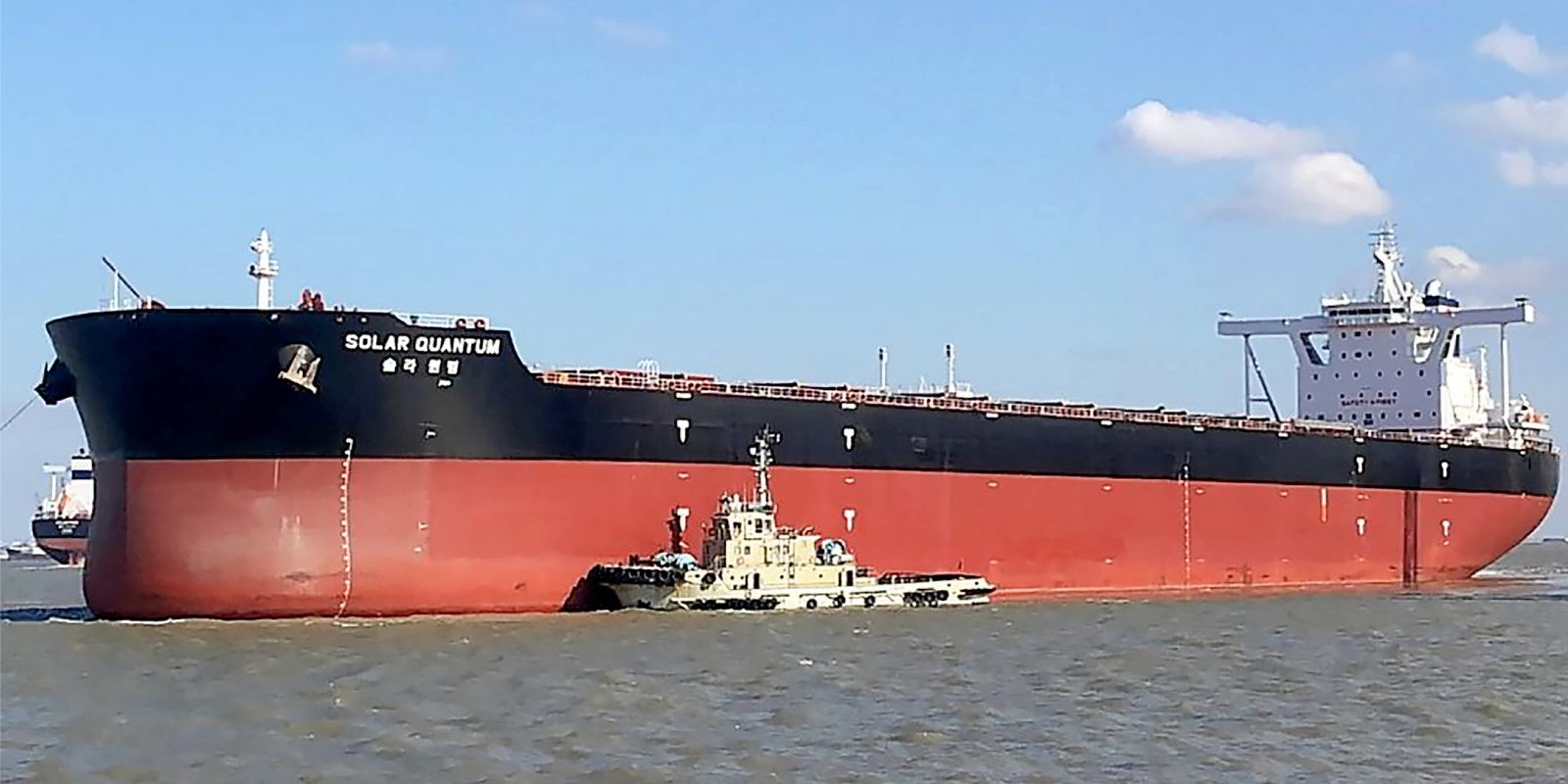A surge in capesize and newcastlemax transactions in February propelled first-quarter transaction volumes for the segment to a 17-year high.
According to Clarksons’ data, capesizes worth $1.46bn changed hands between January and March, in 45 transactions.
That is the highest since the giddy second quarter of 2007 when 20 deals worth $2.01bn were recorded.
Drilling down on the figures to a corporate level, Greeks and Chinese players have been the dominant, in roughly equal measure.
Winning Shipping, a Chinese-founded company operating in Singapore, has been arguably the most active buyer.
VesselsValue attributes seven newcastlemax and capesize purchases to Winning between January and March, worth about $230m. However, not all of these deals have been confirmed.
The same reservation applies to giant Greek owner Thenamaris, which has been widely reported in February to have spent between $260m and $270m on a quartet of modern newcastlemaxes from South Korea’s Polaris Shipping.

Greece’s Neda Maritime confirmed the acquisition of two such ships for a total nearing $130m.
Other Greek companies have stepped up their acquisitions of capesizes during this period.
They include US-listed Danaos Shipping, which bought two mid-age units, and Goldenport Shipmanagement, which returned to the capesize arena after decades with the purchase of a single ship.

Greeks have also taken advantage of a trend to offload some of their oldest bulkers, often as part of parallel fleet renewal or expansion programmes.
Petros Pappas-led Star Bulk Carriers has been the most prolific seller, offloading four capesizes and two supramaxes, built between 2004 and 2013, for estimated proceeds close to $110m. At least three of these ships have gone to Chinese interests.
While acquiring modern newcastlemaxes, Thenamaris has also been widely reported to have sold two capesizes and one supramax, all built between 2004 and 2010, in deals nearing $70m during the first quarter.
Is the party already over?
Frantic capesize sale-and-purchase dealmaking, however, seems a thing of the past. Clarksons’ figures show that the first-quarter surge was primarily driven by a frenzy of activity in February, which accounts for 80% of all the deals recorded.
Other bulker sectors have not had that much action.
Clarksons’ figures show bulkers worth $4.22bn changing hands between January and March, in 228 transactions.
That is impressive but below the $5.16bn reading in 231 deals measured by the brokerage in the second quarter of 2022, which marked the most recent high point.
As with capesizes, overall S&P activity markedly slowed in March to deals worth $1.04bn from $2.27bn in February.
Rising prices have started affecting the market, as buyers are getting cold feet and sellers increasingly offer older vessels to take advantage of the market to renew their fleets.
“Choices and tactics have changed for both sellers and buyers, with opportunity increasing for the former and shrinking — for the most part — for the latter,” Doric Shipbrokers said in a report on 5 April.
Overall Greek bulker S&P activity has been balanced between the selling and buying side.
According to broker data compiled by TradeWinds, Greeks sold 64 bulkers in the first quarter, just as many as they bought.
A stark contrast, however, arises when evaluating the age of the transacted vessels. On average, the bulkers sold by the Greeks were four years older than the ones they purchased.





